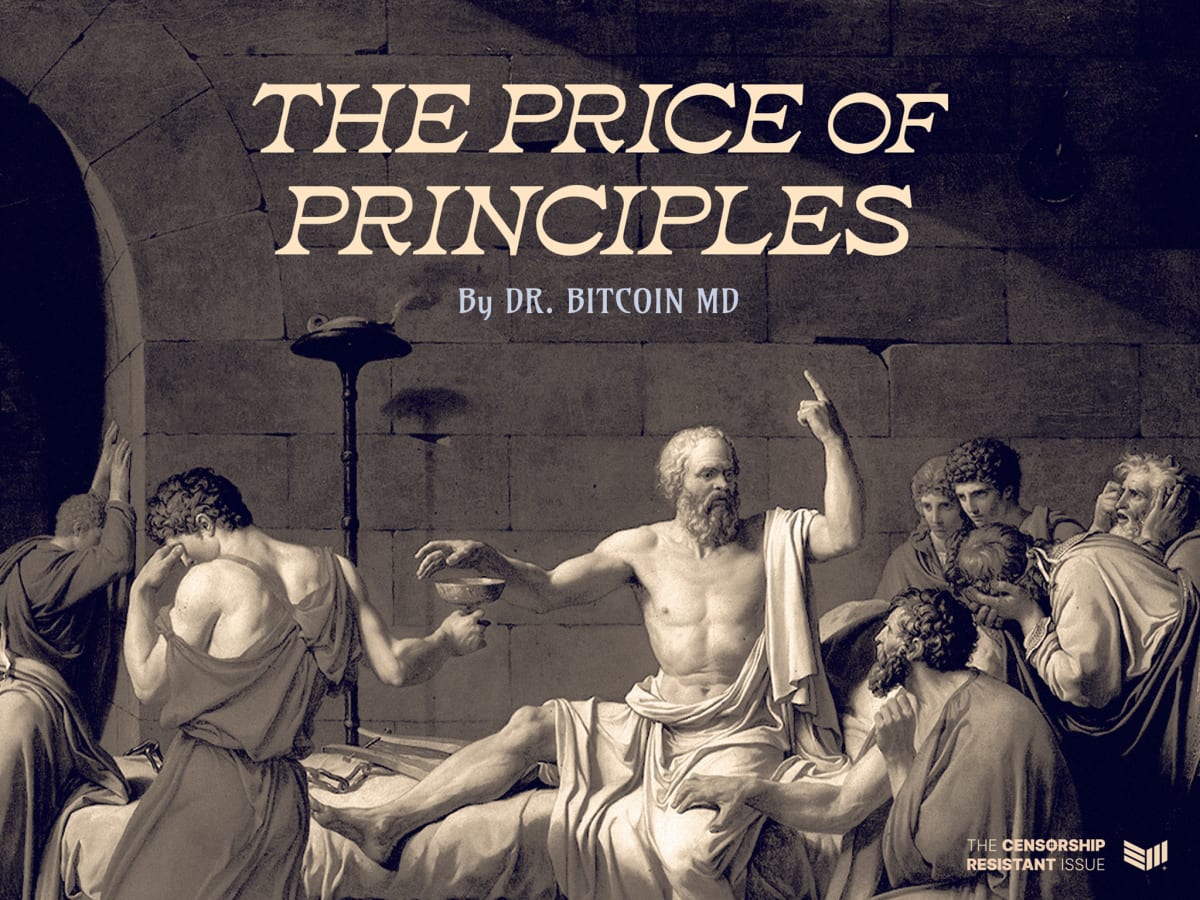
2019-2-1 09:18 |
Americans everywhere are feeling the effects of rising healthcare costs, which in many instances have risen at a faster rate than the average income. There are unfortunately many unavoidable reasons for this, including increasing rates of chronic diseases like diabetes that account for the vast majority of care expenses. However, there are also preventable factors that are leading to rising healthcare costs, and one in particular is costing Americans billions each year: fraud.
The National Health Care Anti-Fraud Association (NHCAA) estimates that the financial toll of healthcare fraud accounts for tens of billions of dollars each and every year.
Healthcare fraud takes on many forms, which makes it difficult to pin down how much it’s actually contributing to the problem of rising costs. In some instances, fraudulent providers will bill for procedures that never happened, or go so far as to falsify patient identities in pharmaceutical schemes. This is especially prevalent in impoverished and underrepresented communities, yet it affects every healthcare recipient in different ways. For some, it means private health insurance premiums cost more to compensate for losses due to fraud. For others, it means poorer quality of care, which can significantly impact quality of life for countless people.
This form of fraud isn’t restricted to the United States, either. Some estimates place global healthcare fraud loses at around $260 billion every year, an amount equivalent to the GDP of Finland. To improve the quality of care, especially for those living in poor conditions, new practices need to be enforced to verify that the people who need care are actually receiving it.
A Different Kind of PasswordOne potential solution employed by the World Food Programme (WFP) uses iris-scanning to prevent another a similar issue: theft. The WFP is employing IrisGuard’s EyePay® technology to verify refugee’s identities via an iris scan, so they can purchase food and access their digital account without a physical voucher or card. Similar to the way some smartphones can verify a user’s identity by scanning their face, the EyePay® system can scan and authenticate a user’s iris within a matter of seconds.
Iris-scanning isn’t necessarily new, but the recent improvements in speed, convenience, and cost of the technology make it feasible to implement and scale. One of IrisGuard’s partners, Patientory, Inc., is already integrating iris-scanning technology into their proprietary healthcare application. The Patientory app allows users to securely store and transfer their medical information between providers, and with EyePay® implementation, users can authenticate a payment to their doctor with an quick iris scan.
Seeing Eye-to-Eye on the BlockchainTo maintain the highest level of security, both IrisGuard and Patientory, Inc. rely on a blockchain platform. This method allows transactions to be completed via cryptocurrency instead of traditional or fiat currencies. In many parts of the world, and in the United States in some cases, healthcare fraud becomes harder to track down due to the abuse and theft of fiat currencies.
Cryptocurrencies, such as the Ethereum token IrisGuard uses in Jordan, are much more difficult to abuse due to the nature of the blockchain. The distributed ledger platform prevents fraudulent ploys from compromising a bank or account. Fraud can also be more easily spotted as the decentralized log of all transactions is constantly updated and accessible to every authorized device in the network.
This combination of technology also enables the user’s password to be unique, unforgettable, and impervious to theft. Since each user’s account is tied to their own iris, corrupt providers cannot falsify information or make up profiles to bill services that were never performed. Each transaction must be tied to a real person’s account, and approved by the patient in order for payment to be processed. If something doesn’t add up on the distributed ledger, the transaction can’t proceed.
Looking ForwardHealthcare fraud might be rampant, but there are ways to address it without sacrificing quality of care. Many insurance companies actually account for financial losses caused by fraud, which is a cost that typically gets passed on to the consumer. By introducing new technologies to the care process that keep everyone accountable, healthcare fraud can become more difficult, and less profitable and prevalent. More importantly, technologies like IrisGuard’s help to simplify the care process, so providers and patients can focus less on accounting and more on quality healthcare.
The post Using The Blockchain To Crackdown on Healthcare Fraud, One Iris-Scan at a Time appeared first on NullTX.
origin »Chronobank (TIME) íà Currencies.ru
|
|









